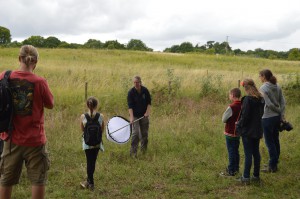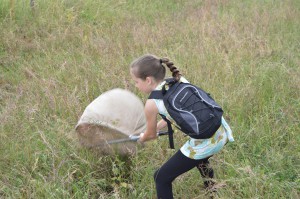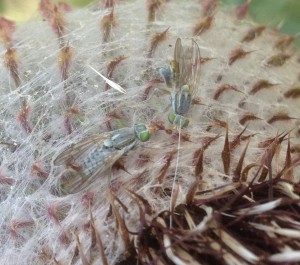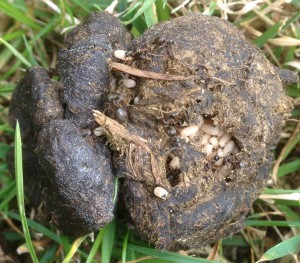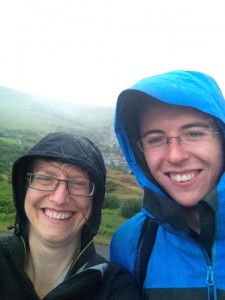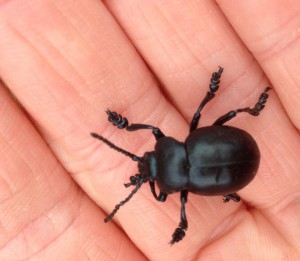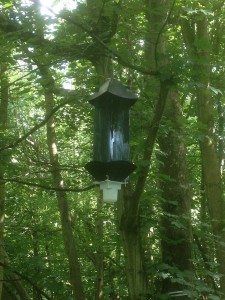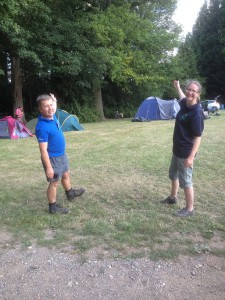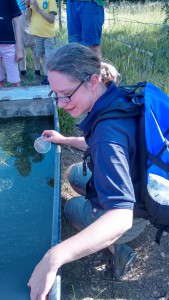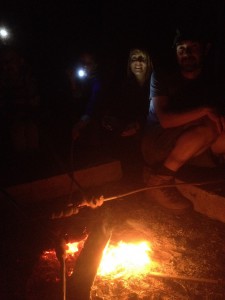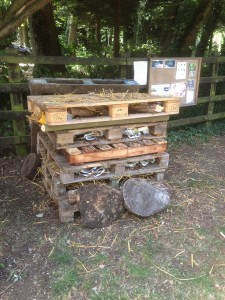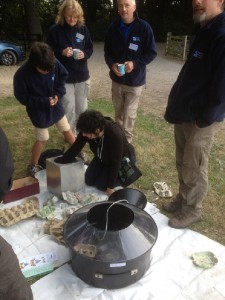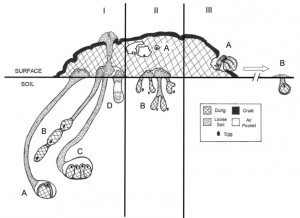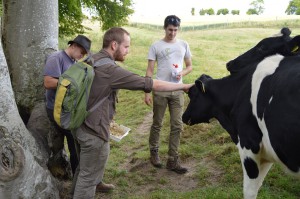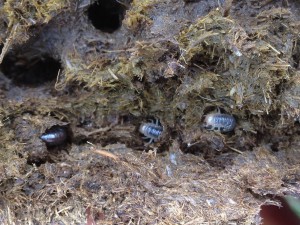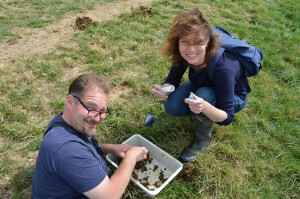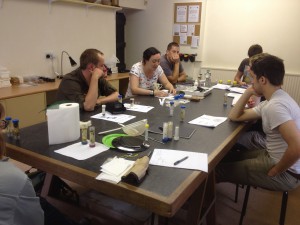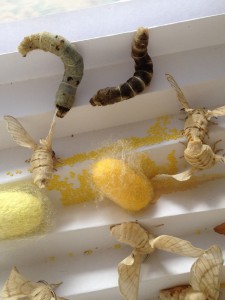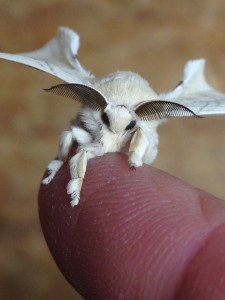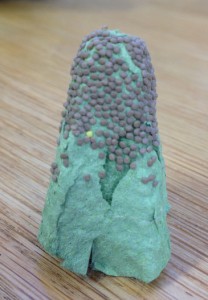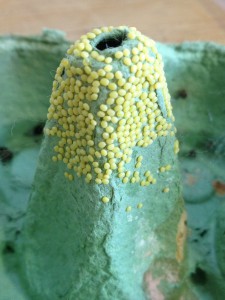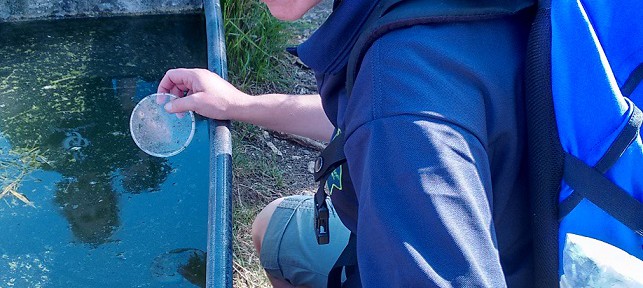
It’s been a while folks and as my last blog post was dedicated to the demise of the Shotover Oak, this one will cover activities during July and August.
On 22nd July and 26th August, I organised and ran a Minibeast Safari at Wytham Woods with help form my mentor Darren Mann. A moth trap was set up the night before and the trap emptied on the bug hunter’s arrival. Participants also tried their hands at sweep netting and beating. The children and parents really enjoyed the sessions which covered diverse topics such as aphids and their predators, the importance of flowering plants, the deadwood habitat and how to recognise a cricket from a grasshopper and a butterfly from a moth. We had some great finds including a cool tephritid fly called Terellia longicauda or the Greater Fruit Fly and an ants nest in a dung ball!
Right at the end of July, I went on a long overdue visit to see Liam in Cardiff and experience the colliery spoil tips. It was quite a wet, windy and cold day which didn’t mix too well with an insect hunt but we did manage to spot quite a few species including this bloody nosed beetle, Timarcha tenebricosa. These beetles are flightless and can often be found wandering around in the spring and summer months. The tips are really interesting places, the history – both natural and anthropogenic is quite astounding and I hope to visit again in better weather.
In July, I applied to become one of a network of people undertaking testing of the new pheromone lures for longhorn beetles being carried out by the University of Hull and the Centre for Ecology and Hydrology. On having being informed of being successful, the trap and lures arrived in the first week of August. The trap is now hanging up in the Woods, having first obtained consent from the Natural England Advisor as the woods are a designated SSSI. There are around a dozen recorders scattered around the country in a variety of wooded areas. The primary aim of this trial is to develop lures for the monitoring of the Asian Longhorn Beetle, Anoplophora glabripennis but it is also hoped that we will be able to monitor native species too. The Asian Longhorn is native to China and the Korean peninsula and there have been several outbreaks in EU countries including one in Kent in 2012. For anyone interested in knowing more about this invasive species, please have a look at the Forestry Commission website.
The afternoon of the 8th August saw the set up for the RSPB Big Wild Sleepout. This aim of this country wide event is to encourage more people, in particular children, to connect with the natural world. I ran a two hour bug hunt, build a bug hotel from recycled materials and helped with the moth trapping sessions both in the evening and opening traps in the morning. Other activities included badger watching, bat walk and mist netting, bushcraft skills and campfire frivolity with marshmallows and damper bread. The attendance at the Wytham Woods night was 90 people in total plus helpers, so a great turnout. It was a fab experience and everyone was really enthusiastic. The look of wonder on the faces of kids and adults alike when you explain some of the weird and wonderful quirks of the insect world is priceless and a real privilege to be part of. Photos from the event are below.
Another activity that I have become involved with in the last couple of months is dung beetling. Not a saproxylic but another personal area of interest and another suite of beetle species that are massively in decline in this country. Many people do not even realise that dung beetle exist here. Not the dung rollers (telecoprids – Type III) that are commonly seen in the tropics but the dwellers (endocoprids – Type I) and the tunnellers (paracoprids – Type II). The diagram below from Bertone et al. 2006 shows the different types beautifully.
I helped out at a weekend event organised by Sally-Ann Spence (Minibeast Mayhem) and Darren Mann for Harper Adams University Entomology Masters students (a great course by the way and more information available here) and the AES Bug Club. The students learnt about field collection techniques, dung beetle ID and specimen preparation for collections and then got to put it all into practice in the afternoons. In the evening, the entertainment continued with moth trapping with over 90 species being recorded!
During the dung beetling weekend, Sally Anne was also re-homing silkworms, not worms at all but the caterpillars of the silk moth Bombyx mori. As there is a Mulberry tree in the orchard at Wytham, I took a box full. Some of these went on display in the Museum gallery and I designed a small information panel to accompany them. They were a great hit, with many visitors showing interest. The caterpillars take around six weeks to progress from egg to pupae. The cocoons are spun from a single strand of silk fibre that can be up to mile long and the caterpillar moults for the final time inside. A wait of another ten days or so and the adult moth appears – and what beautiful creatures they are! The moths do not feed and get down to business pretty much straight away, mating and then dying in around a week. The eggs when they are laid are yellow in colour but after a couple of days turn brown and this is a sure sign that they need to go into the fridge until the following spring when the leaves of the mulberry tree have undergone bud burst and grown a little and able to support the feeding duration of next generation.
References
Bertone, M., Stringham, M., Green., J., Washburn, S., Poore, M. & Hucks, M. (2006) Dung beetles of Central and Eastern North Carolina cattle pastures. Available from: http://www.cefs.ncsu.edu/publications/studentresearch/bertoneguidetoncdungbeetles.pdf

